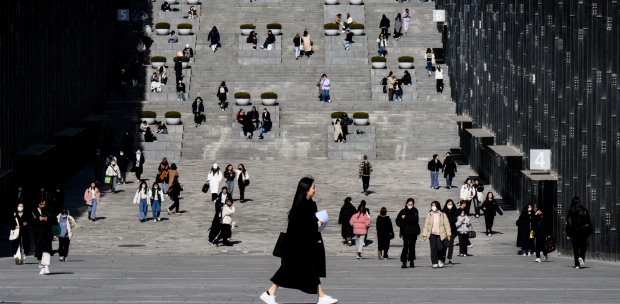Three Malaysian universities are listed among the top 50 outstanding young universities, and all are among the top 20, in the latest QS Top 50 Under 50 Ranking 2020 released today by QS Quacquarelli Symonds.
The three universities are Universiti Putra Malaysia (12th), Universiti Kebangsaan Malaysia (13th) and Universiti Teknologi Malaysia (17th).
The ranking which is compiled according to the same methodology used for QS World University Rankings, measures the performance of universities under 50 years of age.
According to the statement released by QS, like the overall QS World University Rankings announced earlier, the QS Top 50 Under 50 results emphasised the enhancement of Malaysian higher education. It added that in the 2016’s edition of the rankings, while four Malaysian universities were featured, none were among the world’s top 20.
The ranking is topped once more by Singapore’s Nanyang Technology University (NTU), followed by The Hong Kong University of Science and Technology at second place and Korea Advanced Institute of Science and Technology at third place.
The top 50 is comprised of universities from 22 different locations, evidencing the efforts made by governments worldwide to improve tertiary education provision over the past half-century.
Australia is the most-represented location in the top 50 with nine featured universities, followed by France (6 top young universities,) Hong Kong and Spain (4); and Malaysia, the United Arab Emirates and South Korea (3).
QS research director Ben Sowter said: “The geographic breakdown of this ranking - with universities in Hong Kong, the UAE, South Korea, and Malaysia well-represented - helps us discern between those locations that are doing most to improve the demand for improved provision.”
“The global tertiary enrolment rates have increased by 206 per cent between 1970 and 2000 with just under 100 million students enrolled at a tertiary institution at the turn of the millennium, estimating that the number will reach nearly 600 million by 2040.
“In such an environment, it is clear that nations across the world will need to find ways to improve their capacity to serve the growing global student body, and an ever-larger proportion of that body will be studying at new institutions.
“We at QS therefore believe it is essential to acknowledge those young, ambitious universities that have – in their short lifespan – achieved speedy recognition among academics and employers, have begun to conduct world-changing research, and have integrated themselves into a highly international higher education landscape,” he added.
The full rankings can be found here.






